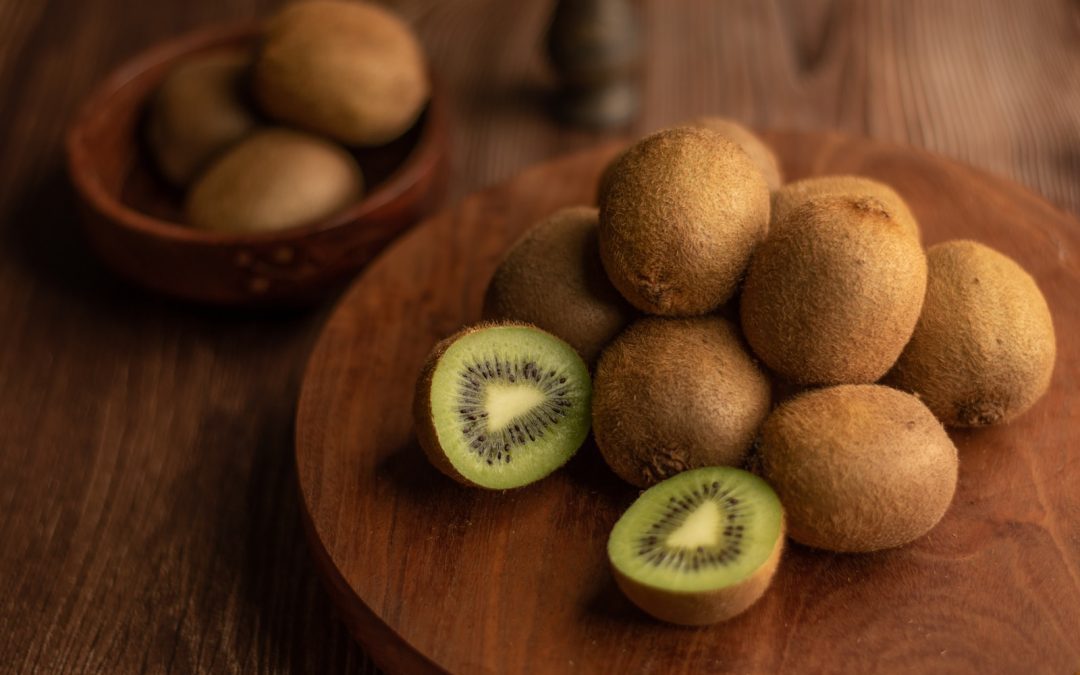Growing kiwi may seem like a task for seasoned gardeners, but even beginners can tackle it with the right guidance. With its lush green vines and tasty fruits, kiwi can be an excellent addition to your backyard or garden. Follow our detailed guide below to learn how to successfully cultivate this delightful fruit.
Contents
- 1 Introduction to Kiwi Varieties
- 2 Site Selection and Preparation: Laying the Groundwork for Your Kiwi Plant
- 3 Planting Kiwi Vines: Taking the Leap
- 4 Training and Pruning Your Kiwi Plant: Keeping Growth in Check
- 5 Nourishing Your Kiwi Plants: Feeding and Watering Regime
- 6 Warding Off Pests and Diseases: Protecting Your Kiwi Plant
- 7 The Final Stage: Harvesting Your Kiwis
- 8 Summing It All Up
Introduction to Kiwi Varieties
Understanding different kiwi varieties is crucial before you start planting. The most widely grown varieties are Hardy kiwi (Actinidia arguta) and Fuzzy kiwi (Actinidia deliciosa).
The Hardy kiwi is robust and can withstand cooler climates. Although smaller than the Fuzzy variety, its fruits are sweet and don’t require peeling. On the other hand, the Fuzzy kiwi is native to warmer regions and bears the larger, fuzzy fruits we typically see in grocery stores. It’s worth spending time researching these varieties and selecting the one that suits your local climate and personal preferences.
Site Selection and Preparation: Laying the Groundwork for Your Kiwi Plant
Choosing the right spot for your kiwi plant can greatly impact its growth and fruit production. Kiwi plants love sunny locations and well-drained soil. Aim to select a site that receives full sun for the majority of the day. Soil composition also matters; sandy or loamy soils are excellent for kiwi plants.
Preparing the soil is the next step. Adding organic matter, such as compost or well-rotted manure, can significantly enhance soil fertility. To ensure optimal soil conditions, you can use a soil testing kit to check the soil’s pH and nutrient content. Kiwi plants generally prefer slightly acidic to neutral pH levels (5.5 to 7.0).
Planting Kiwi Vines: Taking the Leap
After preparing your site, it’s time to plant. The process is fairly straightforward but crucial to your plant’s growth. Start by digging a hole that’s twice as wide and deep as the root ball of your kiwi plant. Position the plant in the hole, ensuring it’s planted at the same depth it was growing in its original container. Fill the hole back in with soil, pressing it down gently around the plant’s roots to eliminate any air pockets.
Training and Pruning Your Kiwi Plant: Keeping Growth in Check
Kiwi plants are climbers and need sturdy support structures, like a trellis or arbor. Training your vines onto these structures promotes healthy growth and makes fruit harvesting easier.
Pruning is another essential aspect of kiwi plant maintenance. Regular pruning not only keeps the plant’s size in check but also enhances airflow and light exposure, both of which can lead to a better fruit yield. Having a sturdy garden pruner can simplify this task.
Nourishing Your Kiwi Plants: Feeding and Watering Regime
Just as humans need food and water to thrive, so do your kiwi plants. Providing the right balance of water and nutrients can significantly impact your plant’s health, growth, and fruit-bearing capacity.
For watering, kiwi plants prefer a deep and regular watering routine, especially during dry periods. This ensures that the water reaches the deeper root zone, promoting healthier root growth and preventing the plant from becoming drought-stressed. Investing in a soaker hose can help maintain a consistent watering schedule. This device delivers water directly to the plant’s roots, providing the deep hydration kiwi plants need to thrive.
In terms of feeding, kiwi plants can benefit greatly from a nutrient-rich feeding regimen. Utilizing a balanced, slow-release fertilizer can ensure that your plant receives a steady supply of essential nutrients over time. The slow-release formulation ensures that nutrients are not delivered all at once, which could overwhelm the plant. Instead, nutrients are released slowly, providing a constant food source for your kiwi plant. Be sure to follow the specific instructions on the fertilizer packaging to ensure correct application rates and timings.
This attentive watering and feeding schedule will give your kiwi plant the nourishment it needs, contributing to vigorous growth and a bountiful harvest.
Warding Off Pests and Diseases: Protecting Your Kiwi Plant
Despite your best efforts, pests and diseases can sometimes affect your kiwi plant. Common kiwi pests include aphids, caterpillars, and vine weevils, while common diseases include root rot and powdery mildew. Regularly inspect your plant for signs of these issues.
If you notice pests, consider using an organic pesticide. For diseases, an organic fungicide can be beneficial. Always read and follow the instructions on these products to ensure they’re used safely and effectively.
The Final Stage: Harvesting Your Kiwis
After months of nurturing your kiwi plant, the moment of truth finally arrives: harvesting. Kiwi fruits typically ripen in late fall. You’ll know they’re ready to pick when their skins yield slightly under gentle pressure.
It’s important to note that kiwis will continue to ripen after picking, especially when stored with other fruits like apples or bananas. This is due to the ethylene gas these fruits release, which speeds up the ripening process.
Summing It All Up
Growing your own kiwi plant can be an incredibly rewarding experience. From choosing the right variety and preparing the planting site to caring for the plant and harvesting the fruits, each stage brings its own challenges and joys.
With the right tools, a bit of patience, and plenty of care, you can successfully grow a thriving kiwi plant right in your own backyard. So why wait? Start your kiwi-growing journey today!


